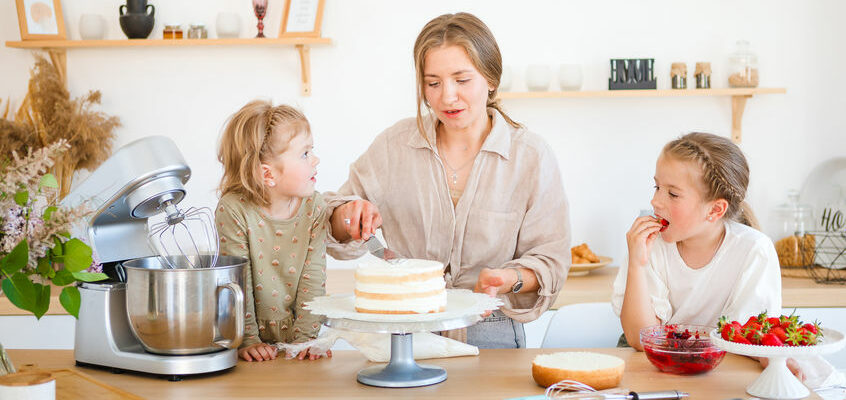
Want to have your cake and eat it too? Typically, they are made from flour, sugar, eggs, butter or oil, and leavening agents such as baking powder or baking soda. Cakes come in various shapes, sizes, and flavors and can be decorated in many ways. They can be made from scratch or purchased pre-made from a bakery or grocery store. If you want to bake your own, here are seven mistakes you can avoid.

What Ingredients Do You Need?
The ingredients used in cake can vary depending on the type, but some common ingredients include:
- Flour: Cake flour¹ is a preferred flour to be used for cake baking. All-purpose flour can also be used in recipes as the main dry ingredient.
- Sugar: Granulated sugar is commonly used to sweeten this baked good and help create a tender crumb.
- Eggs: Whole eggs or egg yolks are often used in these recipes to provide structure and moisture.
- Butter or oil: These are commonly used as a fat source in recipes to create a moist texture and add flavor.
- Leavening agents: Baking powder or baking soda, cream of tartar and vinegar with baking soda are often used in recipes to help the cake rise.
- Milk or buttermilk: These liquids are often used to add moisture and help create a tender crumb.
- Flavorings: Vanilla extract or other flavorings such as lemon, almond, or chocolate are often used to add flavor.
Other ingredients used in recipes for this delicious baked good include fruits, nuts, chocolate chips, cocoa powder, spices, and extracts. These ingredients can add flavor, texture, and visual interest to this baked good.
Why Cake?
Cakes are often associated with celebrations and special occasions, such as birthdays, weddings, and holidays. They are commonly festive and indulgent desserts that are almost always present at large gatherings and festive occasions.
Also, they can be a comfort food or a treat to indulge in after a long day. In addition to their taste and association with celebration, this baked good can also have cultural or sentimental significance. For example, a family may have a favorite recipe passed down for generations, or a specific type may be associated with a particular holiday or tradition.
Top 7 cakes in the world!
There are thousands of varieties of this baked good² and many types are famous around the world. Some of the most common types include:
- Chocolate Cake: The #1 cake in the world! Some varieties range from rich and decadent to light and fluffy.
- Vanilla Cake: Everyone loves classic vanilla! It is a simple and delicious baked good that can be enjoyed independently or with frosting.
- Red Velvet Cake: This variety is well-known for its bright red color and rich flavor. Also, it is popularly paired with cream cheese frosting.
- Carrot Cake: Moist and flavorful, this variety features grated carrots, spices, and nuts. Cream cheese frosting is the usual topping.
- Birthday Cake: This dessert typically has a few layers of cake and is topped with frosting, candles, and decorations. While there are variations in strawberry and chocolate, the most popular kind is vanilla with sprinkles inside.
- Angel Food Cake: This baked good is a chiffon type cake that uses no butter, which differentiates it from most other cakes. It is known for being light and airy, which is achieved with the whipping agent and egg whites.
- Pound Cake: This variety is dense and buttery, often served with fresh fruit and whipped cream. It is a classic type that generations of people have enjoyed.
Mistakes Happen!
There are several common problems that can arise when baking a cake. Here are some of the most common issues and their potential causes:
- Sinking or collapsing in the center: This can happen when this baked good is undercooked, over-mixed, or there is too much leavening agent in the batter.
- Cracking on top: Usually, this occurs when the cake is baked in an oven that is too hot.
- Too dry or tough: Common causes of this issue are a cake being overbaked, needing more moisture in the batter, or getting over-mixed.
- Not rising: The prime suspects for this problem³ are that the leavening agent has expired or the oven temperature is too low. You may have also missed an important ingredient like baking powder or eggs.
- Sticking to the pan: This can happen when the pan is not greased correctly or when the cake stays in the pan for too long after baking.
- Uneven baking: This can happen when the oven temperature is not distributed evenly throughout or when the batter is not evenly distributed in the pan.
- Crumbly: Unfortunately, this can happen when this baked good is overcooked or has too little moisture in the batter.
In order to avoid these problems, it is crucial to follow the recipe carefully, use fresh ingredients, and ensure that the oven temperature is accurate. Additionally, ensure that you grease the pan properly and let it cool completely before you take it out of the pan. Now, it’s time to let you get into the kitchen and start warming up the oven! Best of luck to you on your baking adventures! If you are looking for more baking tips, download this eBook!
References:
- “Cake Flour: Baking Ingredients.” BAKERpedia, BAKERpedia, 18 Aug. 2021, bakerpedia.com/ingredients/cake-flour/.
- “Cake.” BAKERpedia, BAKERpedia, 9 June 2020, bakerpedia.com/specialties/cake/.
- Andriani, Lynn. “Your Most Common Cake Baking Problems, Solved.” Martha Stewart, Meredith Corporation, 17 Jan. 2022, www.marthastewart.com/8210335/common-cake-baking-problems-solutions.
Ashuni Pérez is a writer in the culinary, as well as health and wellness industries. With a background in teaching and digital media, she loves to learn and help others discover more about their food, where it comes from, and how best to prepare it. A foodie through and through, she is always searching for new recipes and the freshest ingredients.


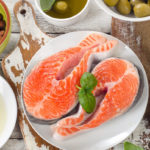
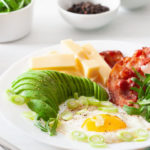
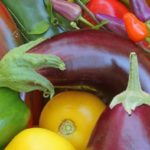
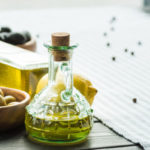
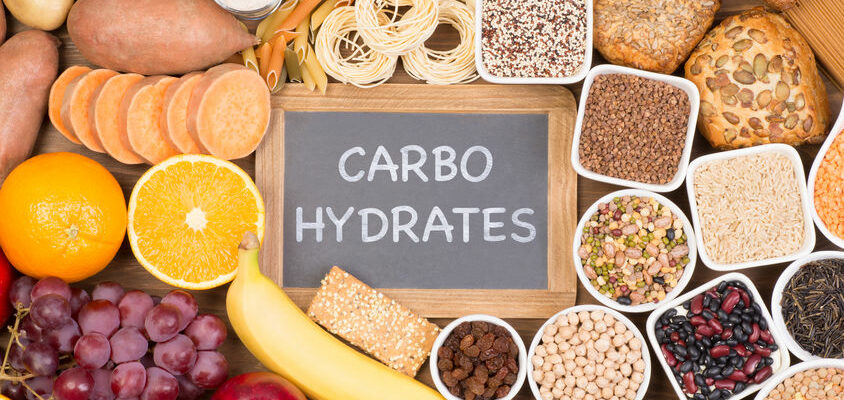
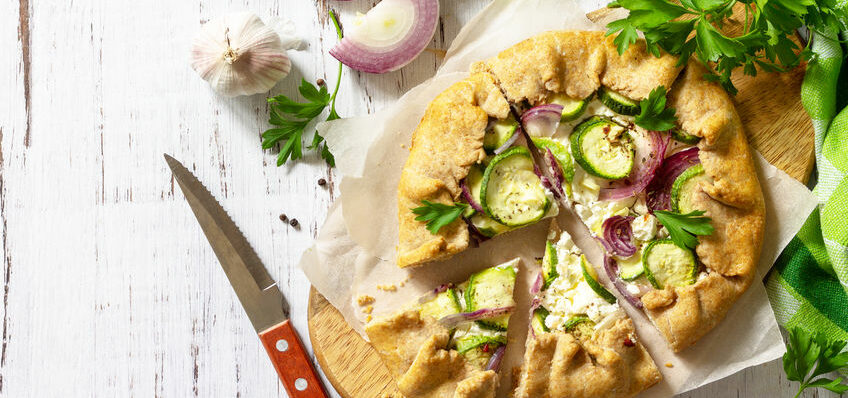
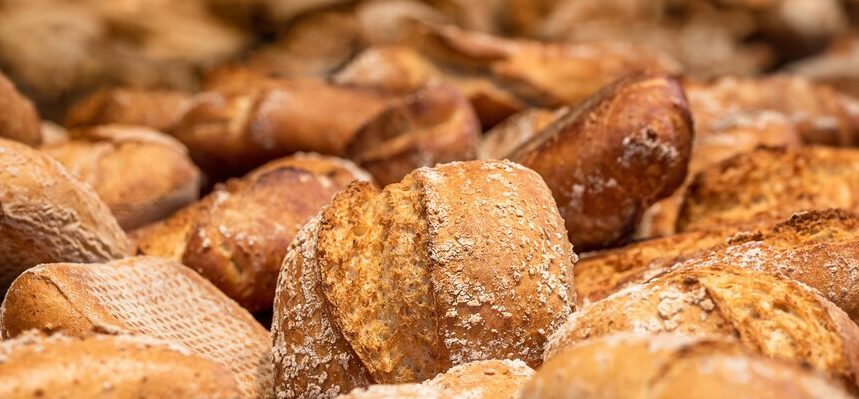
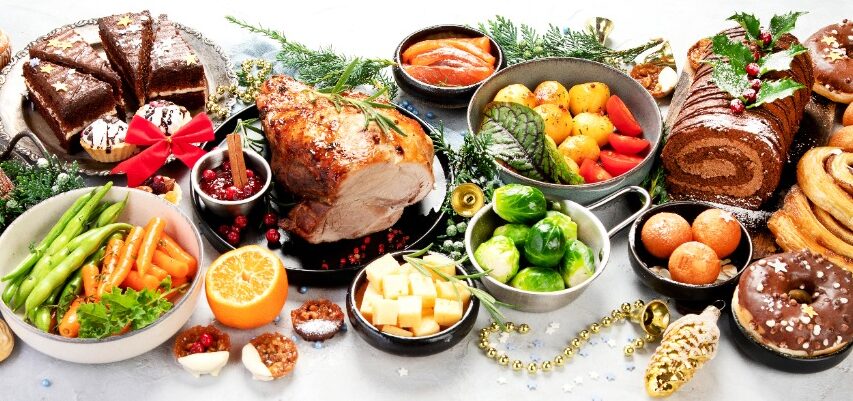

Leave A Comment